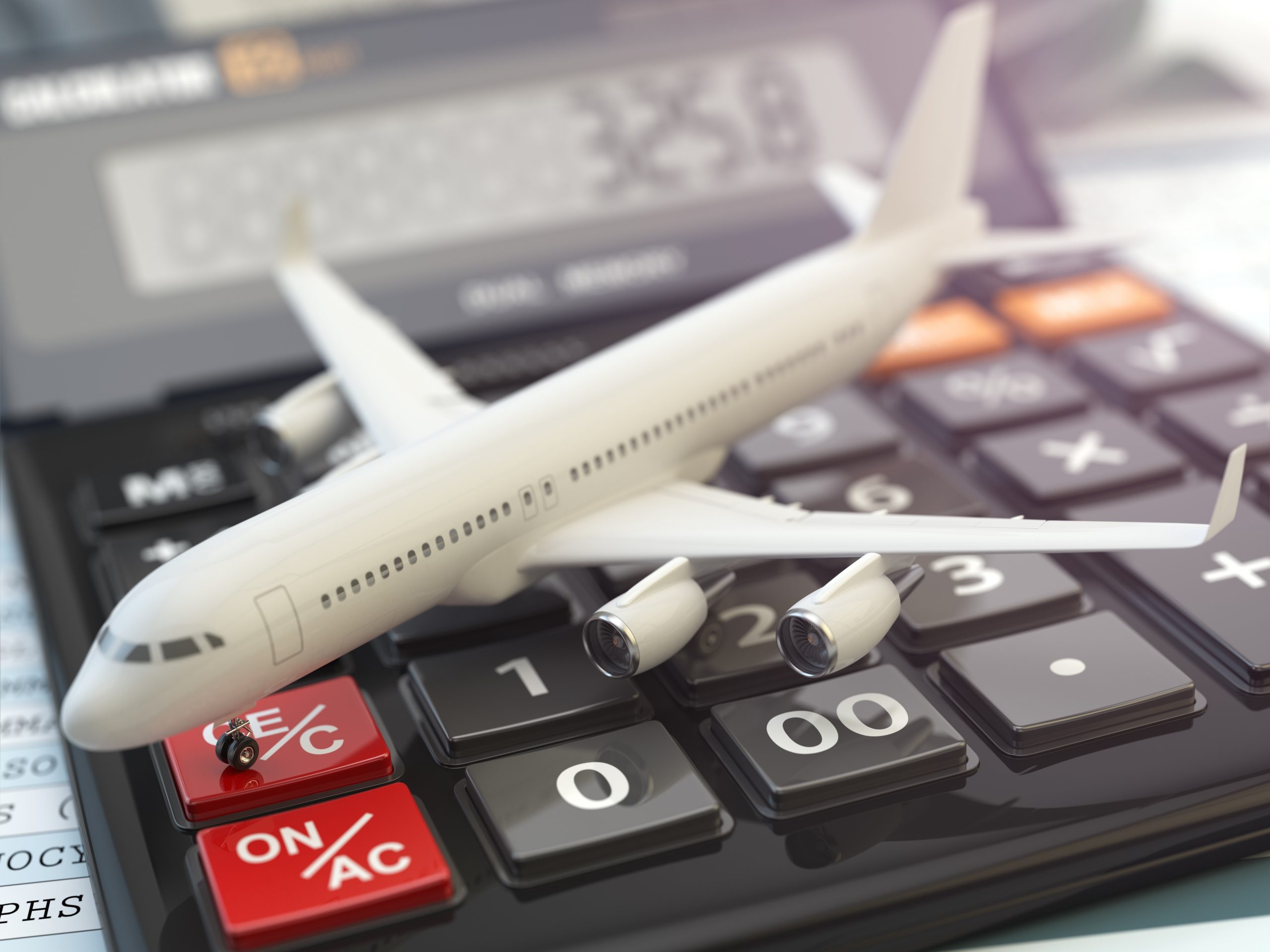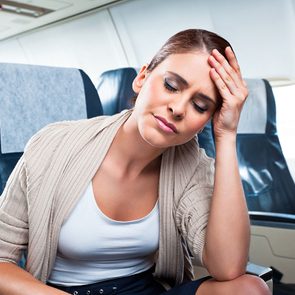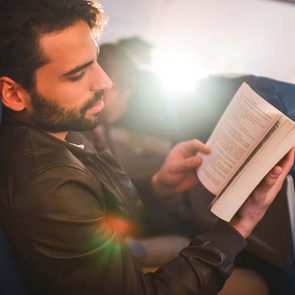Flying has come a long way from the days of fancy meals and smoking on planes

See How Much It Cost to Fly 30 Years Ago

Flying looks a bit different than it did years ago. Long gone are the days when people meet arriving travelers at the gate, smoke on the plane or bring virtually anything and everything on board with them. The cost of flying has also changed since ’90s air travel—but not in the way you might think. Read on to learn more about how the cost of flying has evolved over the years.
Get Reader’s Digest’s Read Up newsletter for more travel, humor, cleaning, tech and fun facts all week long.
How much did ’90s air travel cost?
According to data from the U.S. Department of Transportation (DOT), the average domestic round-trip base airfare in 1990 was $288, or $554 in today’s dollars. The most recent data from the department states that the base fare for the same type of ticket in 2018 was $340. That’s almost a 40% decrease in price per mile, according to another study from Compas Lexecon. If you include the average bag fee, the price in 1990 is $556 in today’s dollars and $362 in 2018, respectively. If these numbers sound large, you might not be getting the best airfare possible.
Note that the data doesn’t include government-imposed taxes or fees and is based on a 10% sample of airline tickets from reporting carriers. Keeping that in mind, the cost of a flight also hasn’t been a straight decrease over time. Although flights were more expensive during and before the 1990s, the price steadily declined until 2011, when prices increased before decreasing again, per the data from the DOT.
Does it cost less to fly today?

Not necessarily. The reason ticket prices are lower than they were almost 30 years ago is that airlines no longer include more than the basics in a standard ticket. And tickets from back in the day had more value. Economy seats in the 1950s resemble the business class section of today, according to Fast Company. Although the price of a ticket is less today, you’re losing some amenities, such as extra legroom or in-flight meals, which aren’t always included in the price of a flight today or are offered à la carte. This change is partly to blame for actually making the cost of flying today more than it was years ago—even though the sticker ticket price is lower, according to The Business Journals.
Why trust us
At Reader’s Digest, we’re committed to producing high-quality content by writers with expertise and experience in their field in consultation with relevant, qualified experts. We rely on reputable primary sources, including government and professional organizations and academic institutions as well as our writers’ personal experiences where appropriate. We verify all facts and data, back them with credible sourcing and revisit them over time to ensure they remain accurate and up to date. Read more about our team, our contributors and our editorial policies.
Sources:
- Airlines for America: “Domestic Round-Trip Fares and Fees”
- Travel and Leisure: “What Flights Used to Cost in the ‘Golden Age’ of Air Travel”
- Fast Company: “What It Was Really Like To Fly During The Golden Age Of Travel”
- Wall Street Journal: “The Golden Age of Flight”
- The Business Journals: “Don’t believe the airfare spin: Cost of travel is sky high”





















